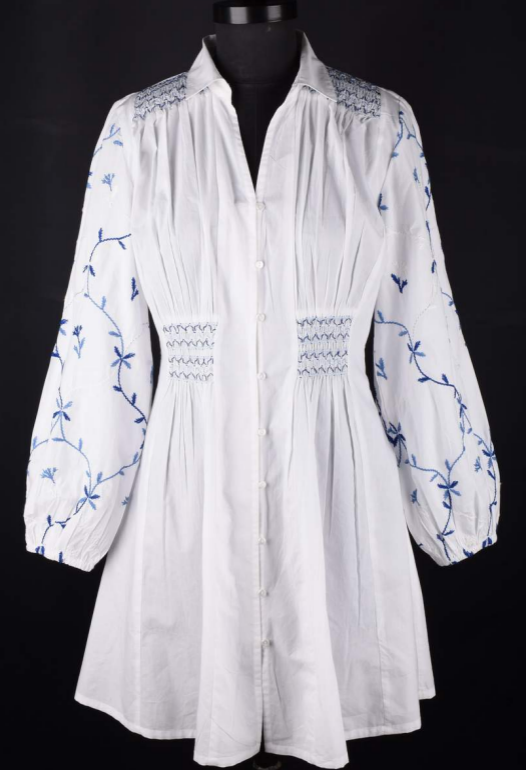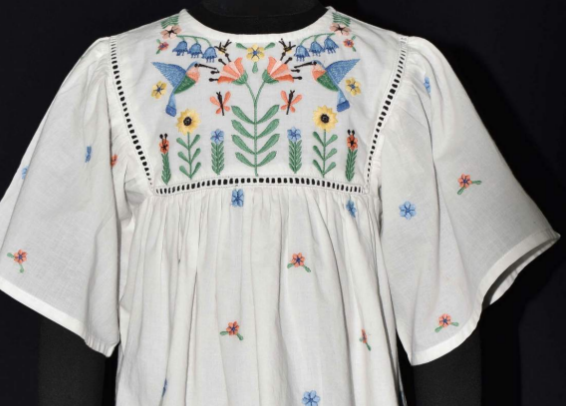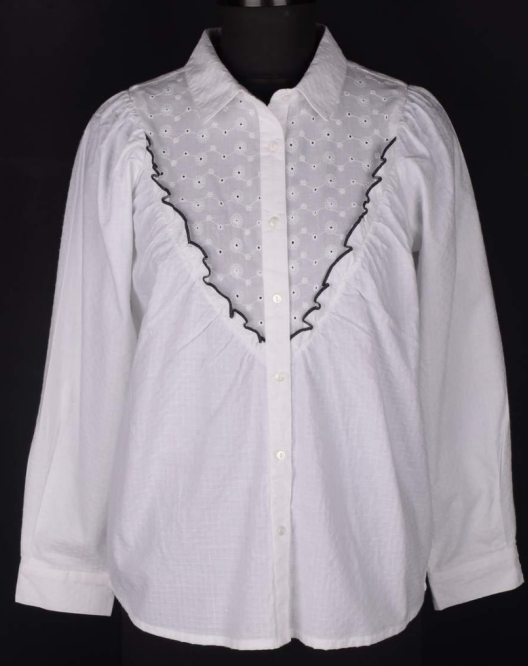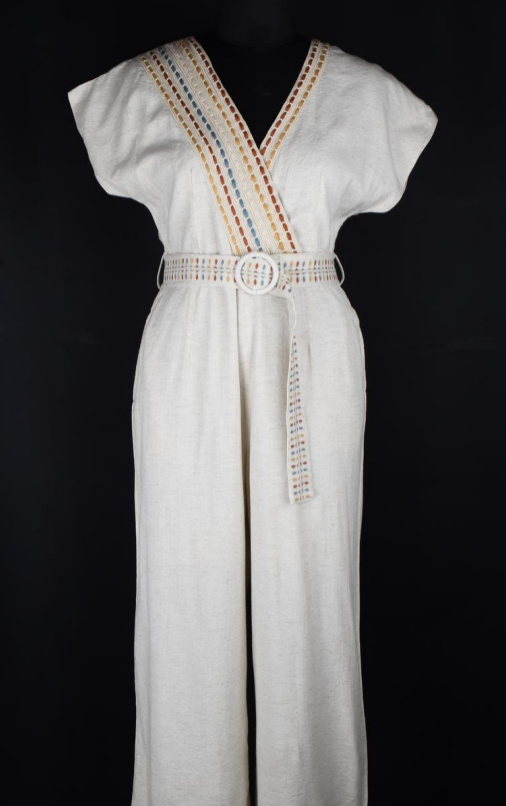Exploring Stitching Efficiency In Indian Garment Manufacturing Houses & The Role Of Garment Flow Lines
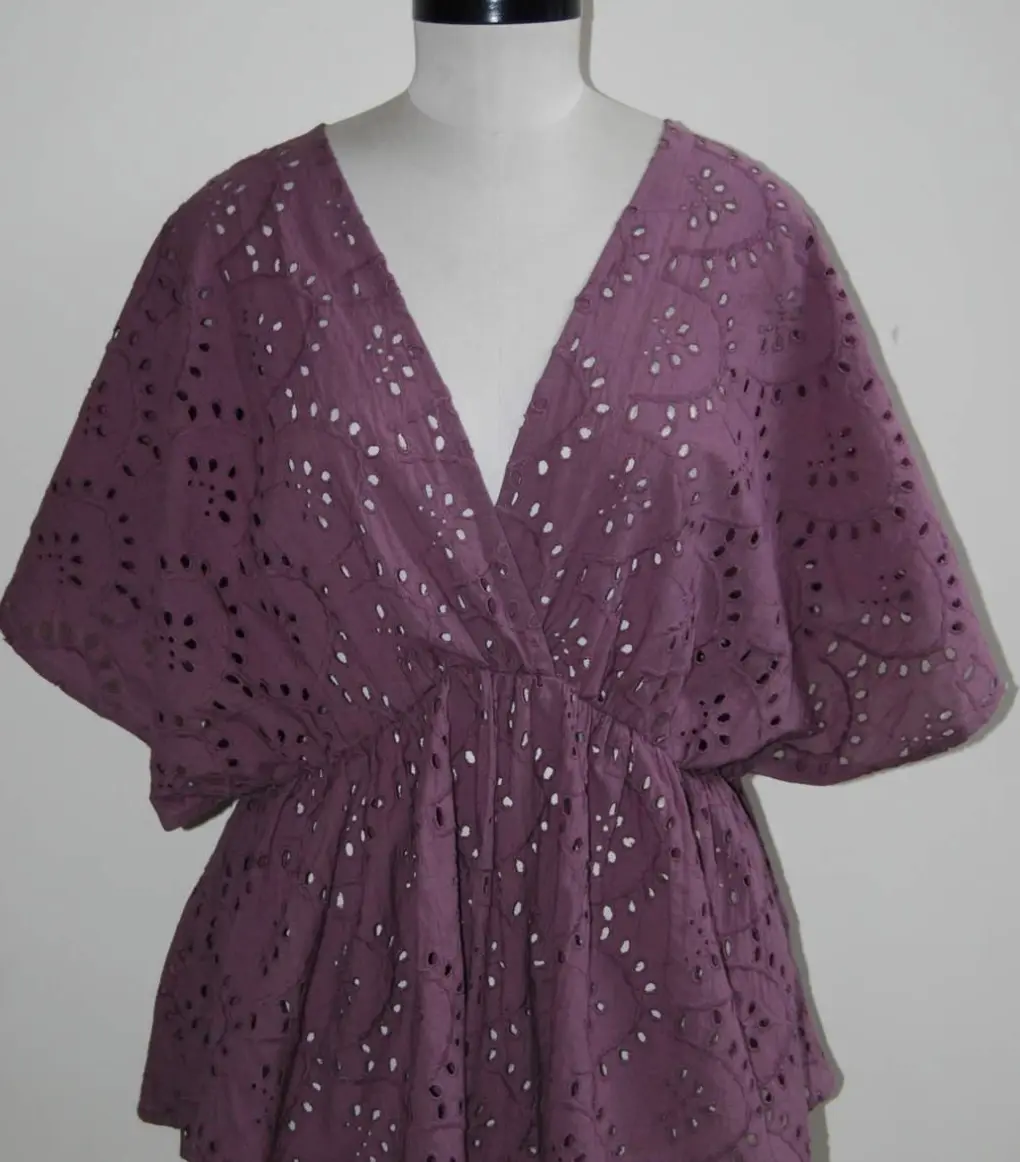
India is among the top garment exporters in the world. Apart from adopting technology and infrastructural development, one of the major factors that influence India’s consistent growth in the apparel market is its factory floor efficiency. Indian garment manufacturers and cloth manufacturing companies utilize a garment flow line to ensure efficiency on the factory floor. What is a garment flow line, and how does it influence productivity and stitching efficiency in manufacturing houses? Let’s find out.
What is A Garment Flow Line?
A garment flow line, also commonly known as a flow line, is the set process of how the garment manufacturing moves from one station to another. This set process helps factory floor workers be aware of the larger process at play and also fulfill their specific roles efficiently.
Even in cases where individual workers may not be available, having a clear flow line can help the manufacturing unit maintain efficiency and continue working forward. The assembly line of garments involves many steps, ranging from attaching sleeves, hemming, and adding buttons, among others.
This chronology of how an individual piece of fabric becomes a finished garment is the garment flow line.
Types of Garment Flow Lines Used in Indian Garment Factories
There are three types of garment flow lines used by the Indian apparel manufacturing industry.
-
Unit Production System (UPS)
UPS flow lines are expensive to maintain, but they are highly efficient and suitable for high-end export units. These systems function with an overhead conveyor belt at their heart. Each workstation handles its work and sends the garments to the next step using the overhead conveyor systems. These systems minimize handling time and reduce quality issues as the transport system is automated.
-
Progressive Build System (PBS)
Progressive build systems are built on the efficiency of people whose job it is to move the elements from one workstation to another. As you can imagine, this is a cost-sensitive design that focuses on labor rather than technology. Considering India has the largest population in the world, this works fine thanks to the abundant availability of labor. In some cases, the workstation artisans themselves also carry the bundles of garment pieces from workstation to workstation. These systems are as efficient as the people working in them, and sometimes, it can cause bottlenecking and wait times due to worker fatigue.
-
Modular or Team-Based Systems (MBS or TBS)
MBS or TBS systems work as a more developed version of PBS garment flow lines. The system breaks up the production floor into small teams that either manufacture one part of the garment or the whole garment. This allows teams to decide how to efficiently finish their task at hand with the available labor. It also creates group unity and focuses on growing efficiency with teamwork. These systems empower workers; however, they generally require highly skilled labor to function optimally.
How Do Indian Garment Manufacturers Optimize Stitching on the Factory Floor?
There are several steps garment manufacturers take to ensure stitching optimization is possible on the factory floor.
-
Continous Training and Upskilling: Workers are assigned tasks and spots on the assembly line based on their skill levels. Continuously working on the factory floor helps workers train and upskill themselves. This allows for the upward mobility of workers and the improvement of overall output.
-
Breakdown of the Production Process: To ensure the garment manufacturing process is functioning optimally, engineers create a detailed breakdown of the steps required for the garment manufacturing. These steps are thoroughly explained to all floor attendants, and the model is optimized to ensure no workstation is overloaded with work.
-
Use of Assistive Guides: The factory engineers and supervisors also provide detailed guides and binders for the machinery that the attendants are using. This reduces downtime and allows attendants to resolve any issues that their machinery might encounter.
-
Real-Time Monitoring Systems: To ensure smooth operations on the factory floor, technology like tracking software is used on every workstation for supervisors to continually monitor the workstation efficiency.
-
Standard Minutes per Garment (SMV): Factory supervisors often conduct operator speed tests and create SMVs to ensure the daily factory outputs can be calculated.
Conclusion
These processes work together to help create extremely high stitch efficiency, especially with the watchful help of inline QC inspectors. They find any mistakes early in the production process to reduce the number of reworks required, thus helping manufacturers hit their efficiency marks without fail. To learn more about garment export and cloth manufacturing in India, check out Cheer Sagar. Cheer Sagar is an experienced manufacturer and exporter with over three decades of experience meeting international standards. You can check out the website and reach out to the team to learn more.Related Blog
How To Find The Ideal Private Label Manufacturer For Clothing Brand
Many of you would agree that fashion changes with each passing day. Hence, it is tough to de-encrypt the secret...
Tips For Resort Wear Manufacturers: How To Create Chic & Stylish Vacation Wear
Everybody needs advice sometimes, and you are quite brave for turning to the internet for help. Whether you are trying...
Textile Weaving Process: A Process Of The Interweaving Of Yarn
One of the major processes followed in the textile industry is weaving. It converts the fabric into yarns, which...

